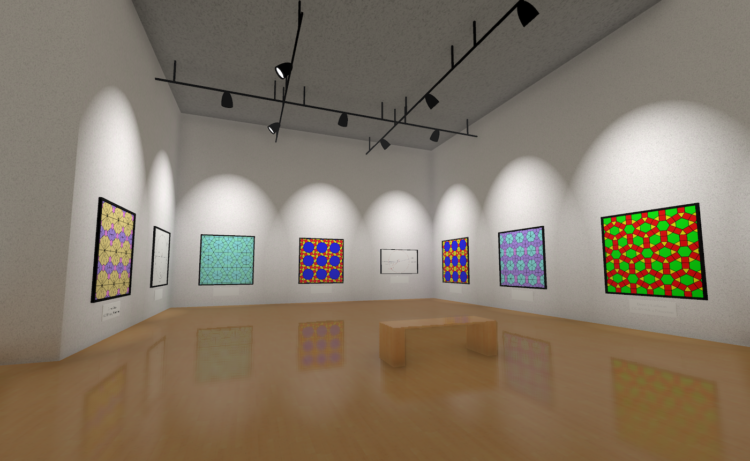We’ve mostly heard about tariffs as they apply further down the supply chain and onto the shelves of your local retailer. For Reuters, Sarah Slobin and Howard Schneider show how tariffs can apply to much more.
It isn’t just consumer goods like those Mexican avocados or French wines or Bangladeshi T-shirts that are imported. U.S. industries also import vast amounts of equipment, parts and machinery from abroad to power their own factories. Canada, meanwhile, is a major source of energy and raw materials like lumber for homebuilding and potash for agriculture.



















 Visualize This: The FlowingData Guide to Design, Visualization, and Statistics (2nd Edition)
Visualize This: The FlowingData Guide to Design, Visualization, and Statistics (2nd Edition)










